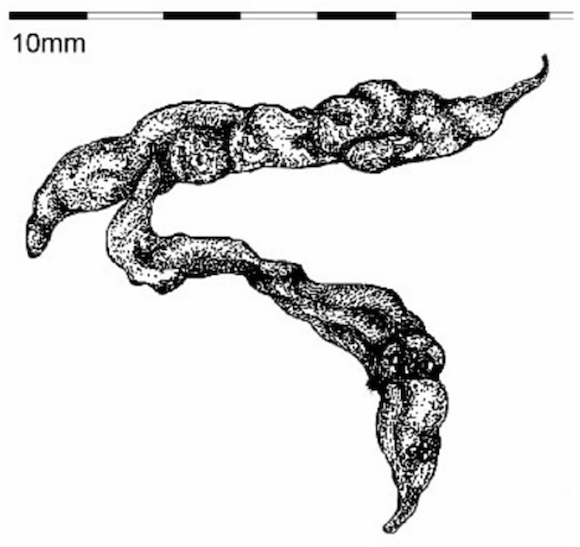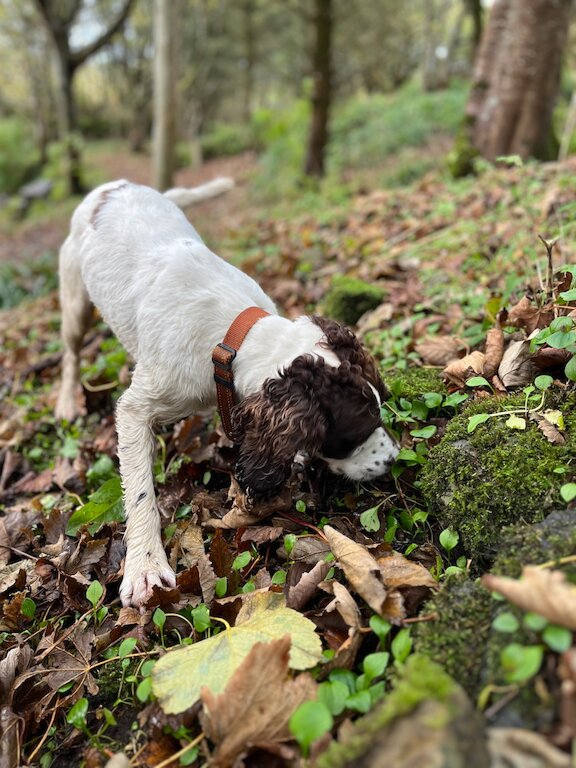To clarify; we’re specifically talking about stoat poo. Stoats are an invasive non-native species first spotted in Orkney in 2010. They might look cute, but they’re known by many as the ‘perfect predator’ – they’re skilled hunters, big eaters, and prolific breeders. They pose a major threat to our rare and vulnerable native wildlife. They’ve played a critical role in the extinction of several species overseas. If nothing was done, we could’ve seen a similar tragedy in Orkney.

The Orkney Native Wildlife Project was set up to eradicate stoats from the isles. But to do that, you need to know where the stoats are, and that’s where their poo comes in.
Finding stoat poo can tell us where they’ve been, how long ago they were there, and clues us into paths they may be taking. Combined with our monitoring tools, public sightings and knowledge from our trapping network, stoat poo is helping us to find and remove invasive non-native stoats – and save our wildlife.
How do we find stoat poo?
There’s no question at about 10mm in length it can be hard to find. So, we’ve hired the very best in the poo-finding business, dogs!
Our world-leading team comprised of nine highly trained dogs are the first in Europe. They’re making the seemingly impossible possible. If you thought you were good at an easter scavenger hunt, these four-legged friends are on another level. A dog's nose can be 100,000 to 1 million times more sensitive than a human's! Even in our landscape full of exciting odours and smells, our talented dogs can sniff out the tiny droppings. When they find it, they’re trained to sit and stare – indicating to their handlers they have found something, who collect it for analysis. Thanks to these dogs and their powerful noses, we’re closer to achieving a stoat-free Orkney.
If you have seen a stoat, report it to us at orkenynativewildlife.org.uk/report.
Easter scavenger hunt: How good are you at finding poo? How many times can you find the word ‘poo’ in this column?




